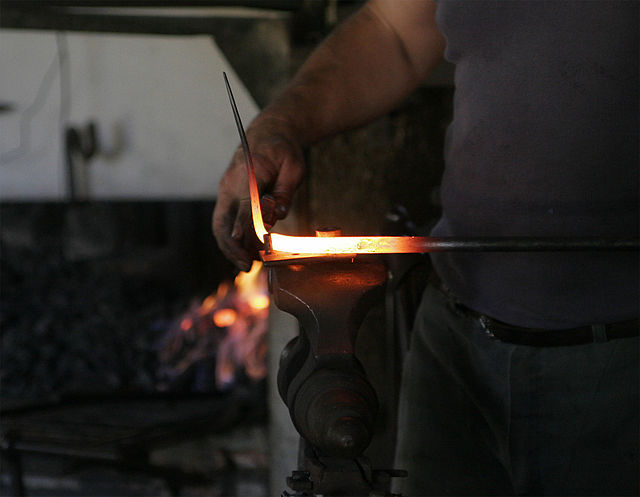Color temperature is a parameter describing the color of a visible light source by comparing it to the color of light emitted by an idealized opaque, non-reflective body. The temperature of the ideal emitter that matches the color most closely is defined as the color temperature of the original visible light source. Color temperature is usually measured in kelvins. The color temperature scale describes only the color of light emitted by a light source, which may actually be at a different temperature.
The house above appears a light cream during midday, but seems to be bluish white here in the dim light before full sunrise. Note the color temperature of the sunrise in the background.
Black-body radiation is the thermal electromagnetic radiation within, or surrounding, a body in thermodynamic equilibrium with its environment, emitted by a black body. It has a specific, continuous spectrum of wavelengths, inversely related to intensity, that depend only on the body's temperature, which is assumed, for the sake of calculations and theory, to be uniform and constant.
Blacksmiths judge workpiece temperatures by the colour of the glow.
The temperature of a Pāhoehoe lava flow can be estimated by observing its color. The result agrees well with other measurements of temperatures of lava flows at about 1,000 to 1,200 °C (1,830 to 2,190 °F).
Much of a person's energy is radiated away in the form of long-wave infrared (LWIR) light. Some materials are transparent in the infrared, but opaque to visible light, as is the plastic bag in this thermal (LWIR) camera image (bottom). Other materials are transparent to visible light, but opaque or reflective in the infrared, noticeable by the darkness of the man's glasses.
Image: Human Visible





